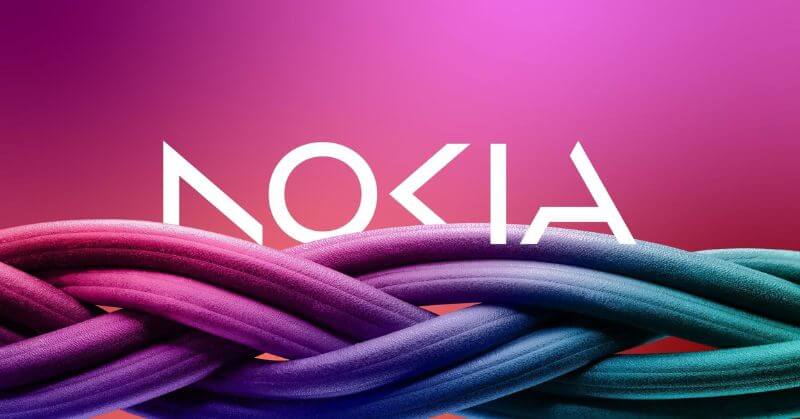Nokia is a multinational company specializing in consumer electronics, information technology, and telecommunications. It began to exist in 1865. Espoo, Finland, is where Nokia’s main offices are located. Additionally, Nokia employed nearly 92,000 individuals from more than 100 nations in 2020. Over the past 150 years, the company has operated in various industries. Furthermore, it was initially a pulp mill with a lengthy history of being connected to rubber and cables.
However, it has concentrated on massive telecommunications infrastructure, technology creation, and licensing since the 1990s. Nokia significantly impacted the mobile phone sector as well. The design of the GSM, 3G, and LTE standards was aided by it. Additionally, there was a period when Nokia dominated the global market for mobile phones and smartphones.
Nokia Company Changes Its Logo After 60 Years
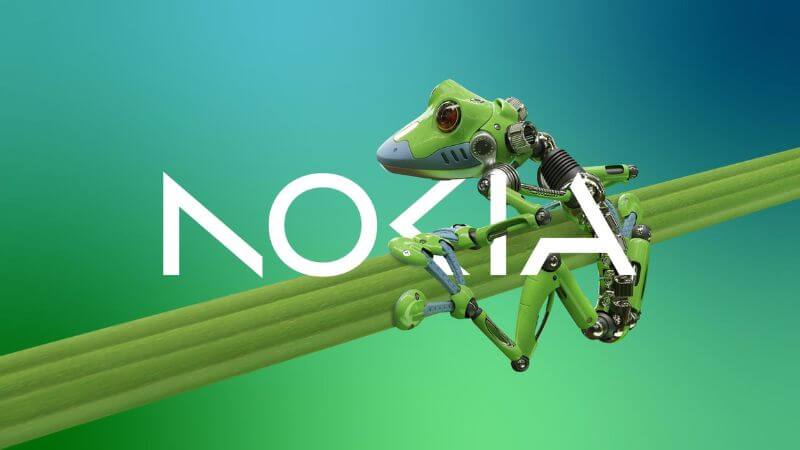
For the first time in nearly 60 years, Nokia revealed plans to change its brand identity on February 26. It has a new logo since the manufacturer of communication equipment prioritizes rapid expansion. The word Nokia is formed by five different shapes in the new logo as well. Depending on the use, the original logo’s signature blue color now has a range of colors. CEO Pekka Lundmark said in an interview,
“There was the association to smartphones and nowadays, we are a business technology company”.
He was speaking just before the firm gave a business update on the eve of the yearly Mobile World Congress. Furthermore, it begins on February 27 and continues through March 2 in Barcelona. In 2020, Pekka took charge of the failing Finnish company. Additionally, he outlined a plan with three stages: reset, accelerate, and scale. Now that the reset phase is over, the second phase is commencing. Nokia still wants to expand its service provider company, where it provides telecom companies with equipment. However, selling equipment to other companies is now its primary objective.
The Windows Experiment And It’s 1100 Model
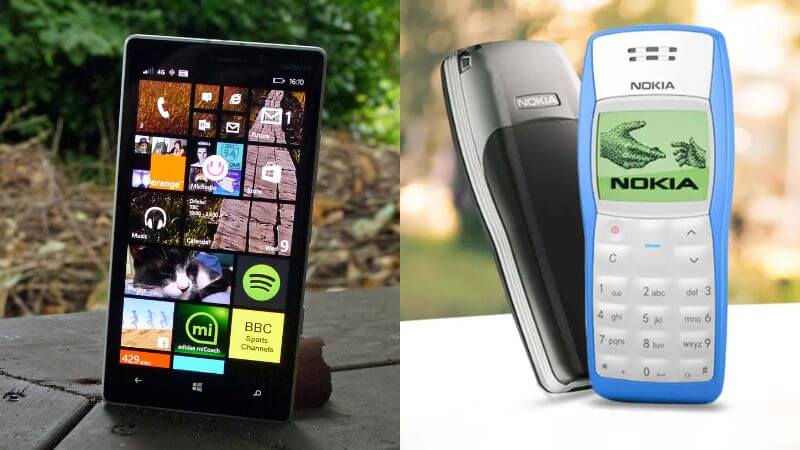
Before the development of smartphones, the Nokia 1100 had the largest market share in India at the time. It was famous for being stable and strong. Between 2003 and 2007, 1100 sold an astounding 250 million units, according to a report referenced by Wikipedia. Additionally, other companies at the time were unable to compete in the low-end phone market. However, several Chinese competitors have since emerged, including Huawei and ZTE. In September 2009, the variant was discontinued.
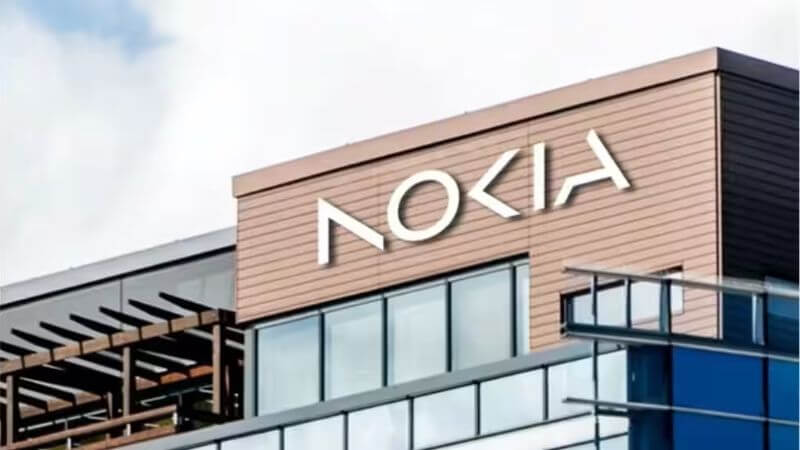
Furthermore, despite being available at a period when the market was having more modern devices, 1100 still was popular. It was for developing nations. It was for users who only needed essential functions like calling, sending SMS, setting alarms and reminders, etc. Going forward, Nokia took a different route when others chose Google’s Android as their smartphone operating system. The decision to experiment with Windows, however, was a failure.
Here’s Why It Failed
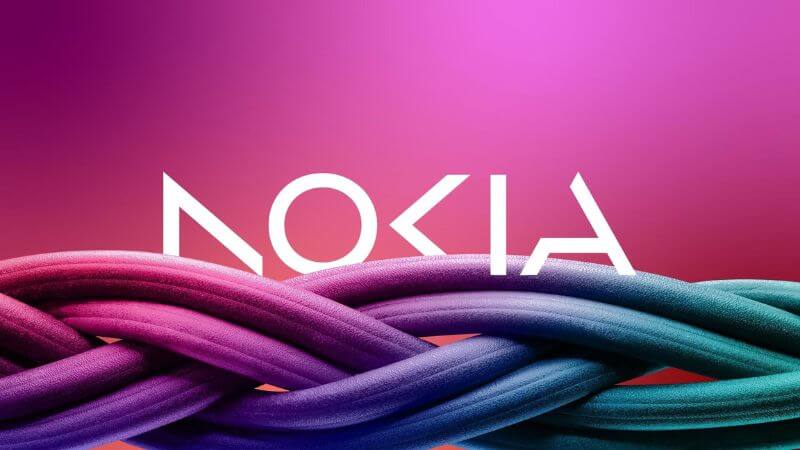
Nokia, a once-common phone name with a huge market share, was unable to compete. It happened after Samsung and other Chinese companies gained popularity. Additionally, its market share continuously shrank. Nevertheless, Nokia’s hardware and battery life made it a well-known telecom giant. It didn’t succeed in jumping on the Android wagon, though. The company’s management believed that people wouldn’t embrace touch-screen phones.
Its downfall began with this misunderstanding. A further factor in Nokia’s failure was its agreement with tech giant Microsoft. When the software giant suffered losses, the company sold itself to Microsoft. Nokia was out of the market for mobile companies because of the failure of its marketing and distribution strategies. Even the Nokia Lumia series, which served as a start-up strategy, failed due to a lack of innovation.
One of the most common instances of disruptive technology eliminating an established player in a market is Nokia’s failure. Additionally, it was among the world’s most well-known mobile phone companies. Many of us still recall carrying the hefty Nokias and showing them off to our friends.
Follow Us: Facebook | Instagram | Twitter |
Youtube | Pinterest | Google News |
Entertales is on YouTube; click here to subscribe for the latest videos and updates.


